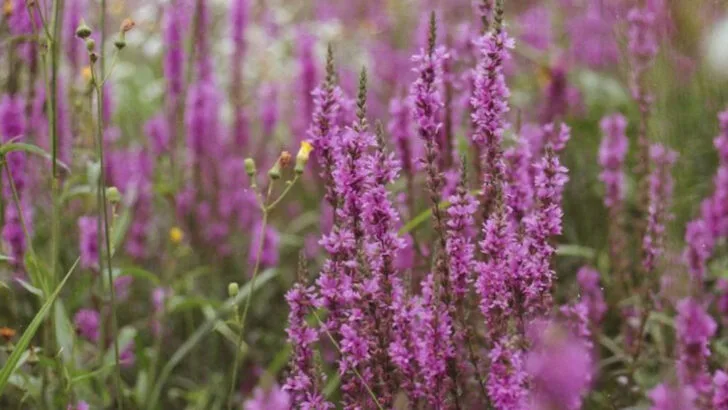Not all that glitters is gold—and not every pretty plant is your garden’s best friend. Some of the most gorgeous greenery you’ll find at garden centers is actually just waiting to take over your yard, ruin your soil, or choke out your favorite flowers. These sneaky plants look innocent, but behave more like garden bullies once they’re in the ground.
On the flip side, there are a handful of hardworking hero plants that do the exact opposite. They suppress weeds, improve soil, attract pollinators, and even deter pests—all while looking just as beautiful. These are the plants seasoned gardeners swear by when they want things to grow right, without a chemical fix or constant intervention.
In this guide, we’ll expose 7 pretty-but-destructive plants that might already be lurking in your beds—and introduce you to 9 garden saviors that clean up the mess and restore balance naturally. If you want a thriving, low-maintenance space that still turns heads, it’s time to plant smart.
English Ivy
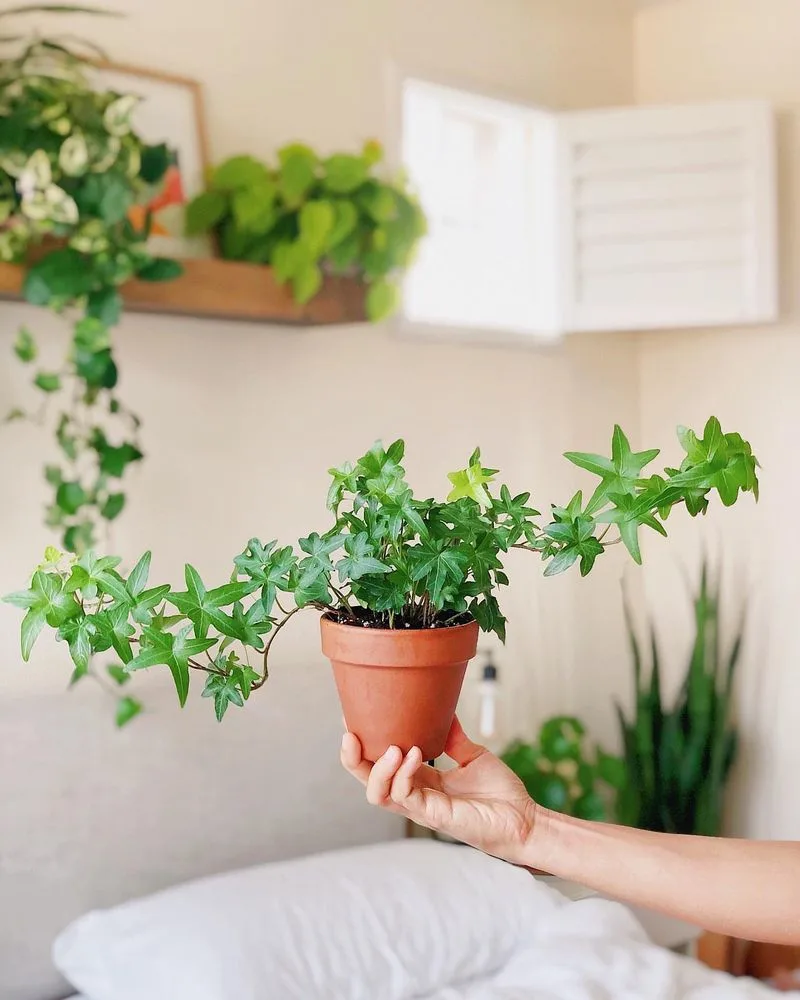
English Ivy is the quintessential picture of elegance, draping buildings in a verdant cloak. Yet, its charm belies a relentless nature. Ivy can climb aggressively, seeking every crack and crevice in architecture. This adaptability enables it to damage structures, pulling apart bricks and mortar over time.
In natural settings, it blankets the ground, often outcompeting native flora for resources. This can lead to a monoculture where biodiversity diminishes. Gardeners must be vigilant, pruning regularly. Despite its beauty, unchecked growth can be a nightmare for both property and local plant life.
Wisteria
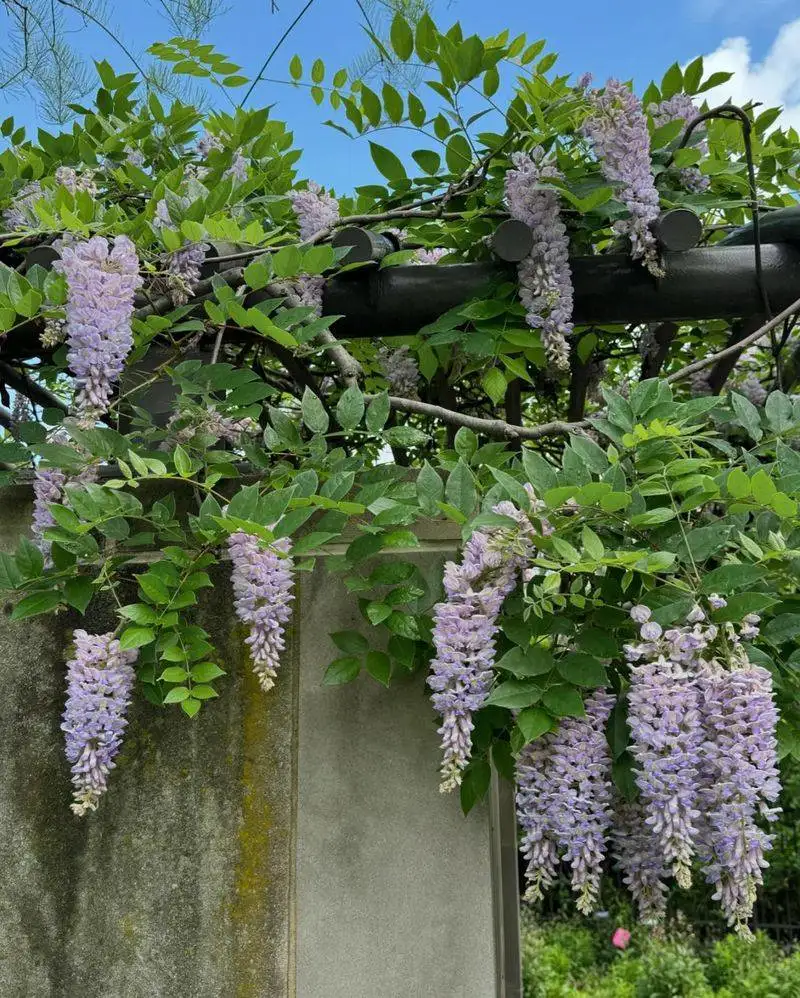
Appearing like nature’s chandelier, Wisteria’s cascading blooms enchant all who behold them. Yet, beneath this facade lies a plant with a mission to conquer. It can overtake structures and trees, twisting robust vines that strangle and smother.
Fast-growing, it can become a burden if left unchecked, requiring regular maintenance to prevent damage. In gardens, its aggressive nature might overshadow more delicate plants, robbing them of sunlight and nutrients. Though captivating, Wisteria demands respect and control to prevent its transformation from beauty to beast.
Bamboo
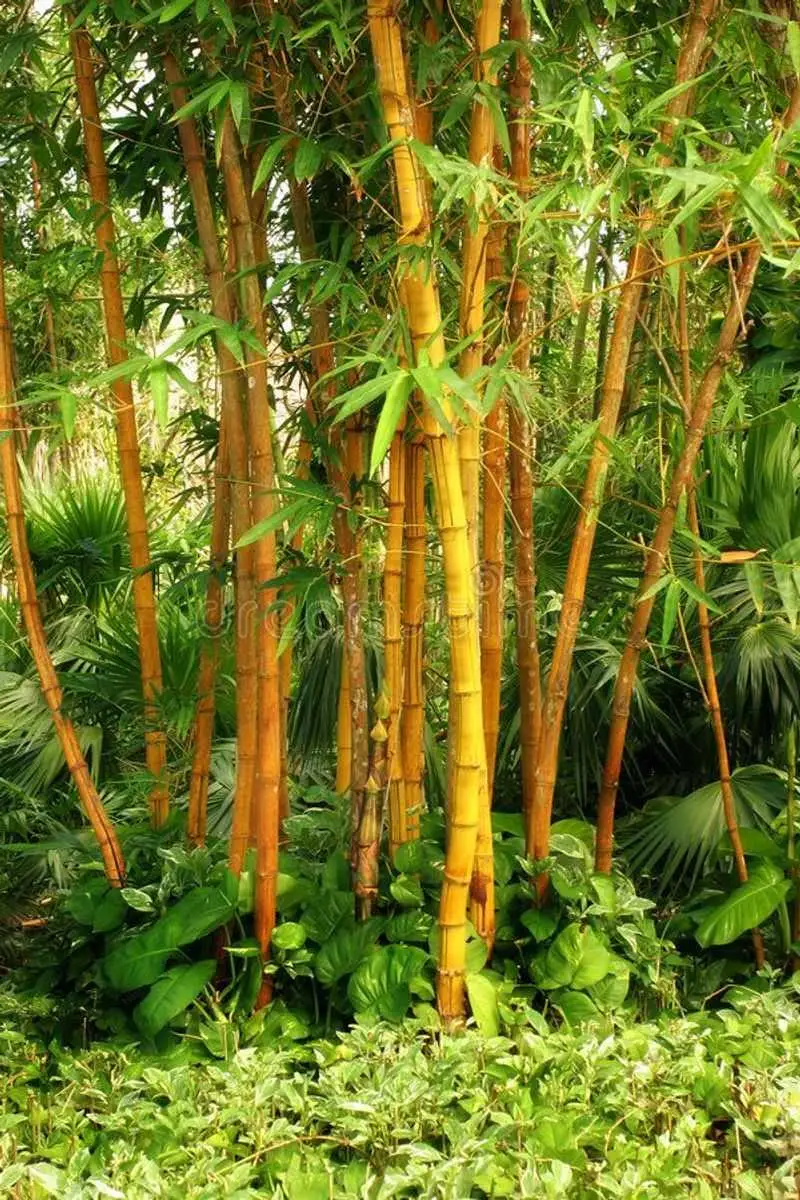
Bamboo paints an exotic picture in gardens, promising privacy and tranquil aesthetics. However, its underground rhizomes are notorious for rapid, unchecked spread. Without containment measures, bamboo can invade neighboring properties, becoming a legal nuisance.
Its fast growth rate and resilience make it difficult to eradicate once established. The plant’s allure can quickly become a gardener’s regret. Those who choose bamboo must plan for its bounding nature, employing barriers and regular root pruning to harness its growth.
Morning Glory
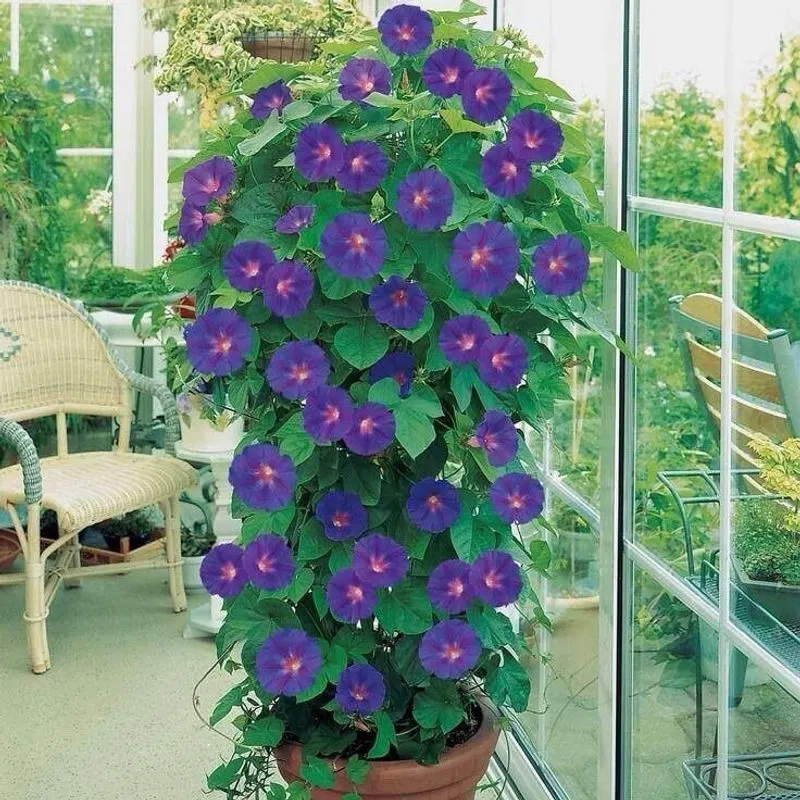
Morning Glory captures hearts with trumpet-shaped blooms that greet the day. But this cheerful facade hides a formidable ability to dominate. Vines interlace with other plants, often smothering them.
Its rapid growth means it can quickly overrun a garden, requiring persistent management. In some regions, it’s considered invasive, as it can disrupt ecosystems by outcompeting native species. Morning Glory offers beauty, yet demands constant vigilance to prevent it from overshadowing everything else.
Purple Loosestrife
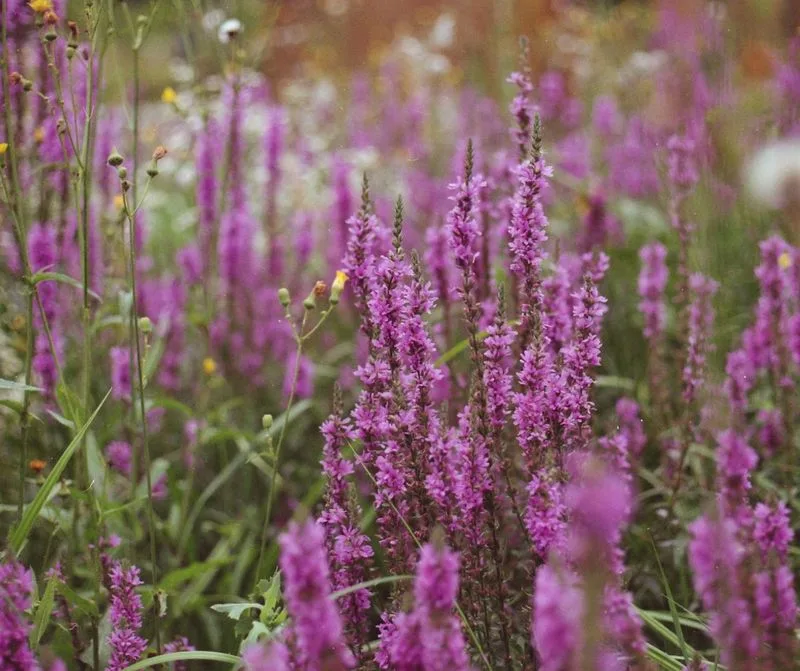
Fields painted with the purples of Loosestrife can be breathtaking. However, this plant’s beauty is deceptive. It spreads aggressively in wetlands, forming dense stands that displace native plants and disrupt aquatic ecosystems.
Loosestrife’s ability to produce millions of seeds annually exacerbates its invasiveness. Once established, it alters habitats, affecting wildlife dependent on native flora. Control is challenging, often requiring coordinated efforts. Its vibrant show is a reminder of nature’s delicate balance, where even beauty can become a threat.
Japanese Knotweed
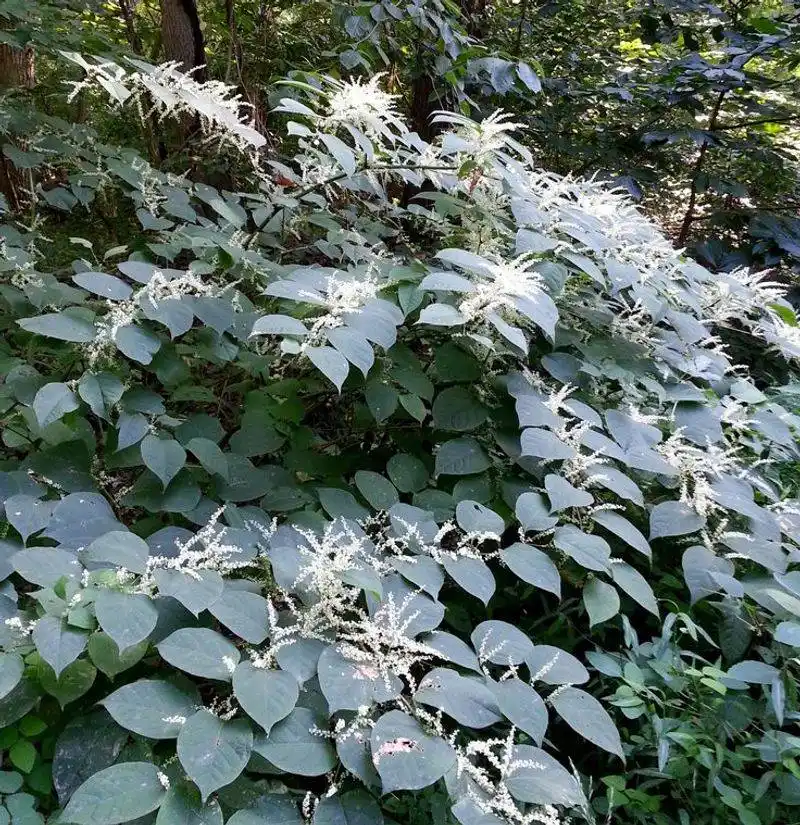
Japanese Knotweed, with its bamboo-like stems and lush leaves, appears inviting. Yet, beneath the surface, it harbors a reputation for destruction. Its roots can penetrate concrete and building foundations, causing costly damage.
In gardens, it can quickly colonize, suppressing native plants and altering ecosystems. Its resilience makes it hard to eradicate, with even small root fragments capable of regrowth. Knotweed is a testament to nature’s power, where beauty must be tempered with caution.
Mint
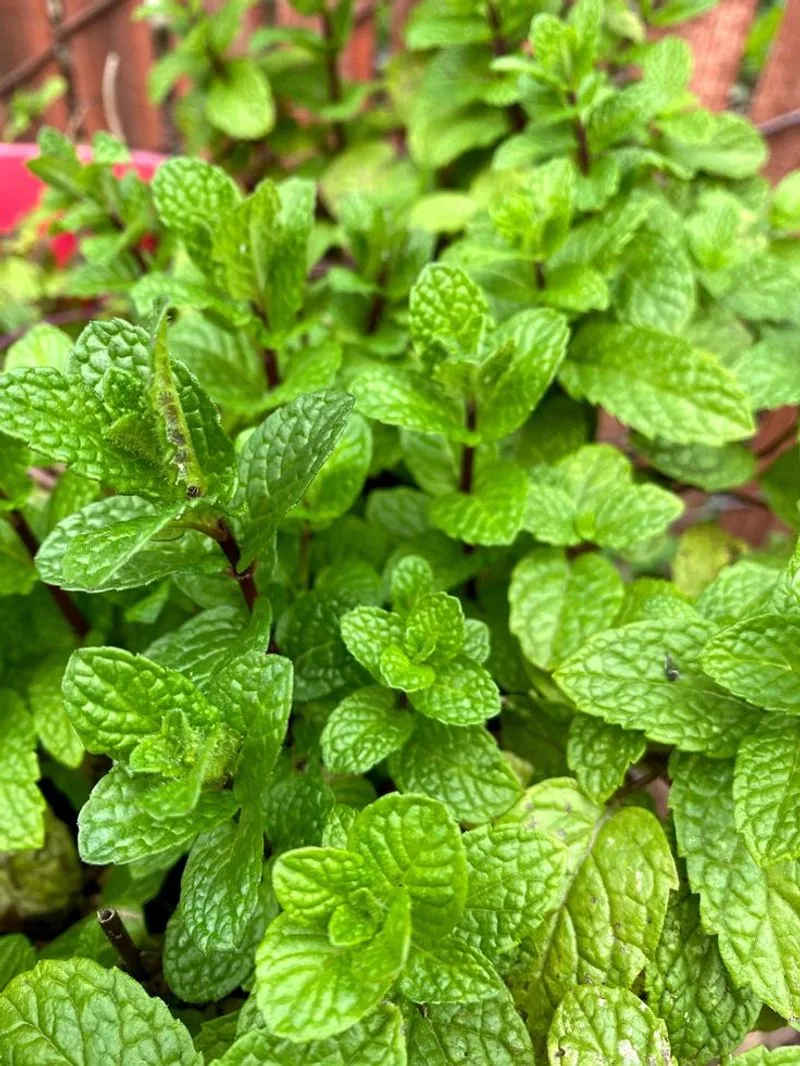
Mint’s refreshing aroma and culinary versatility make it a beloved garden plant. Yet, its rampant nature can lead to garden domination. Below ground, its roots spread vigorously, often overrunning other plants.
Gardeners frequently find it popping up in unexpected places, as it can be challenging to control once established. For those who adore mint’s flavor, container planting is advisable. Despite its delightful uses, mint’s unruly growth serves as a reminder of the need for mindful planting.
Sunflower
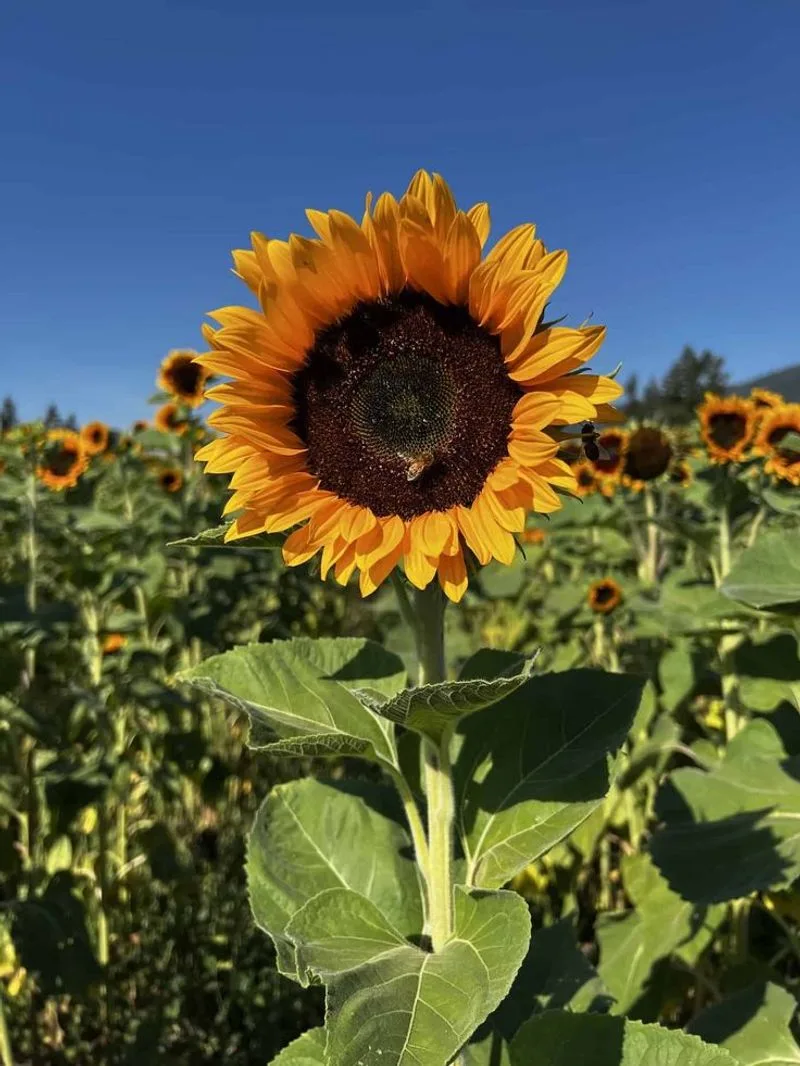
Sunflowers not only brighten landscapes but also offer ecological benefits. They attract pollinators like bees, supporting biodiversity. Beyond their vibrant appearance, sunflowers can aid in phytoremediation.
Their roots absorb toxins from the soil, purifying contaminated land. This makes them valuable in environmental clean-up efforts. As they sway in the breeze, sunflowers stand as a symbol of resilience and renewal, proving that beauty can indeed be purposeful.
Lavender
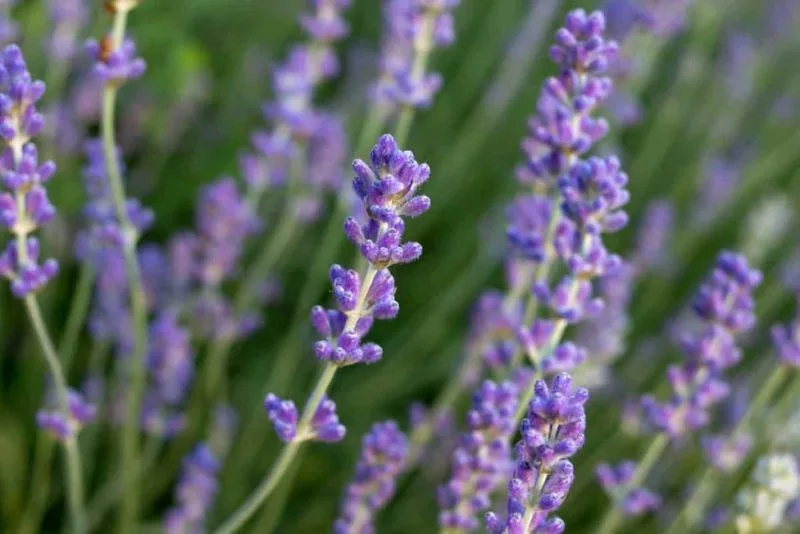
Lavender invites tranquility with its soothing fragrance and soft purple hues. Beyond its calming appeal, it attracts pollinators, enhancing biodiversity. It’s often used in gardens to promote a peaceful atmosphere.
Lavender also possesses natural pest-repelling properties, making it a dual-purpose plant. Its versatility extends to culinary and medicinal uses, cementing its role as a garden favorite. Lavender’s gentle presence belies its robust contribution to garden ecosystems.
Aloe Vera
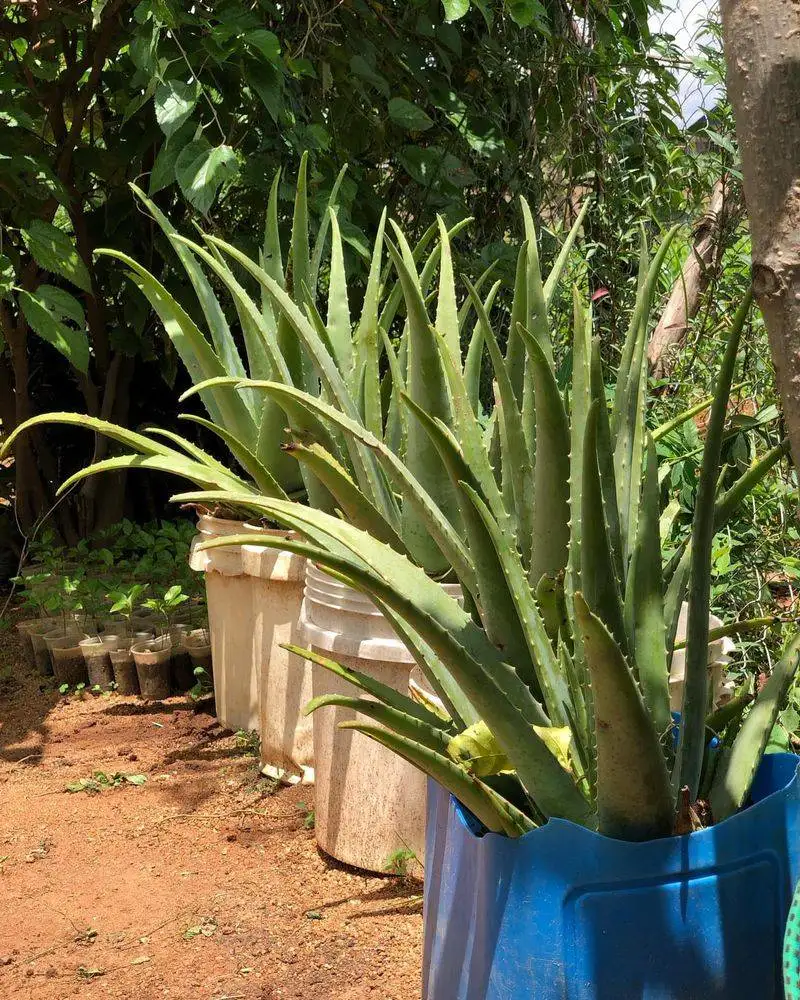
Aloe Vera stands as a testament to nature’s healing power. Its succulent leaves store a gel renowned for soothing burns and skin irritations. Easy to grow, Aloe Vera thrives indoors or out, making it accessible to gardeners of all levels.
Beyond medicinal use, it improves indoor air quality by removing toxins. Aloe Vera offers more than just aesthetic appeal; it’s a functional plant that addresses health and environmental concerns, underscoring the harmony between nature and well-being.
Chamomile
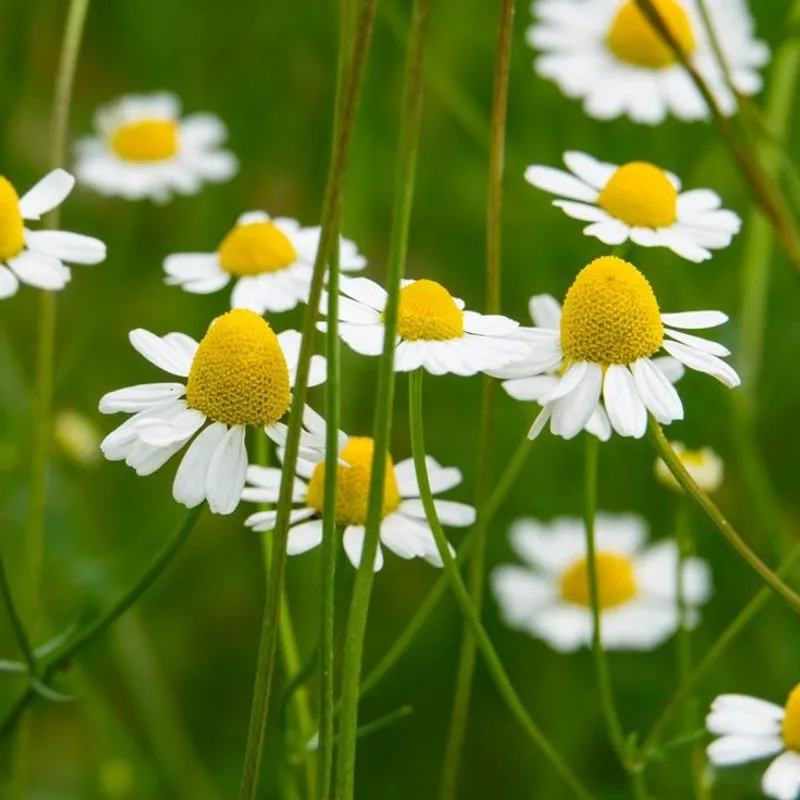
Chamomile’s gentle blooms have long been associated with relaxation. Beyond its soothing tea, it supports garden health by attracting beneficial insects. Chamomile’s presence can improve neighboring plant vitality, acting almost like a natural garden enhancer.
Its soft fragrance and dainty appearance make it a charming addition to any green space. The plant’s ability to offer calm both visually and functionally illustrates how beauty and utility can coexist harmoniously.
Thyme
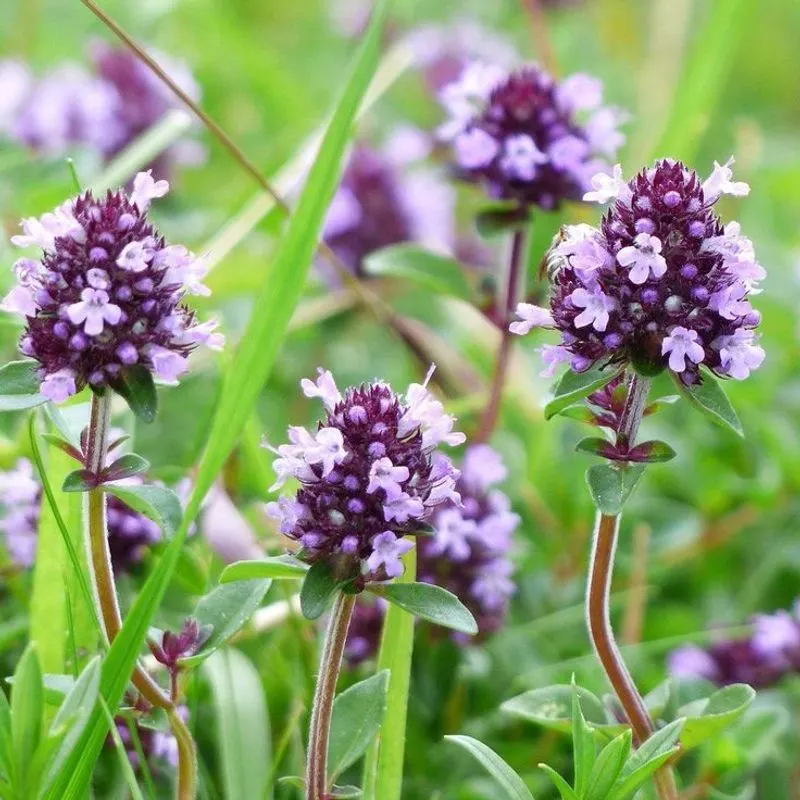
Thyme’s tiny leaves pack a punch in both flavor and garden benefits. Its fragrant aroma attracts bees, playing a role in pollination. Beyond its culinary allure, thyme acts as a natural pest deterrent, proving its worth in garden dynamics.
Hardy and versatile, it thrives in various conditions, making it a gardener’s reliable ally. Thyme’s ability to blend flavor with function showcases the dual nature of many beloved herbs.
Marigold
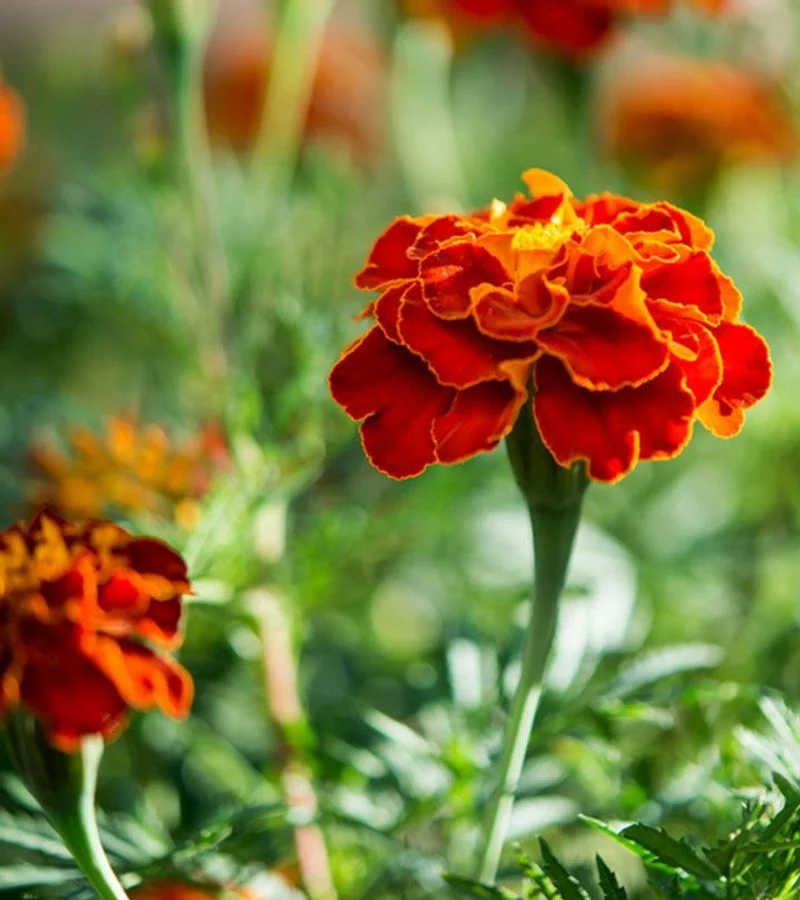
Marigolds, with their vivid colors, are more than just garden décor. They’re known for deterring pests, such as nematodes, through their natural properties. Their roots release chemicals that ward off unwanted visitors.
This makes them invaluable in vegetable gardens, acting as a natural protector. Marigolds’ cheerful appearance and practical benefits make them a staple for gardeners seeking both beauty and utility.
Clover
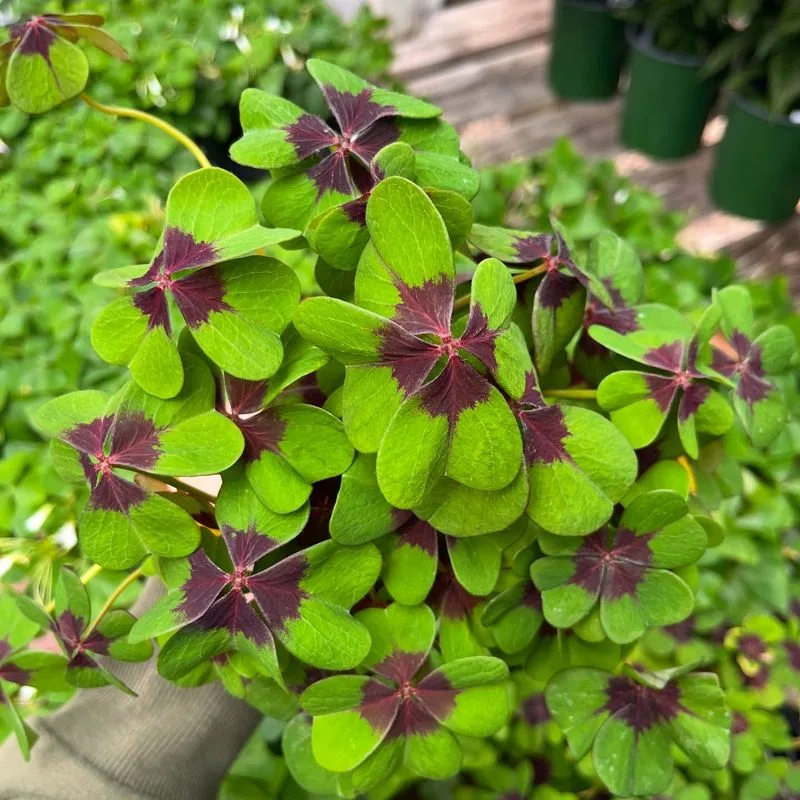
Clover may seem humble, but it offers significant benefits to soil health. Its roots fix nitrogen, enriching the soil and reducing the need for synthetic fertilizers. This natural enhancement supports surrounding plant growth.
Clover’s low maintenance and adaptability make it a practical choice for sustainable gardening. Its simple beauty is matched by its invaluable contribution to garden ecosystems.
Yarrow
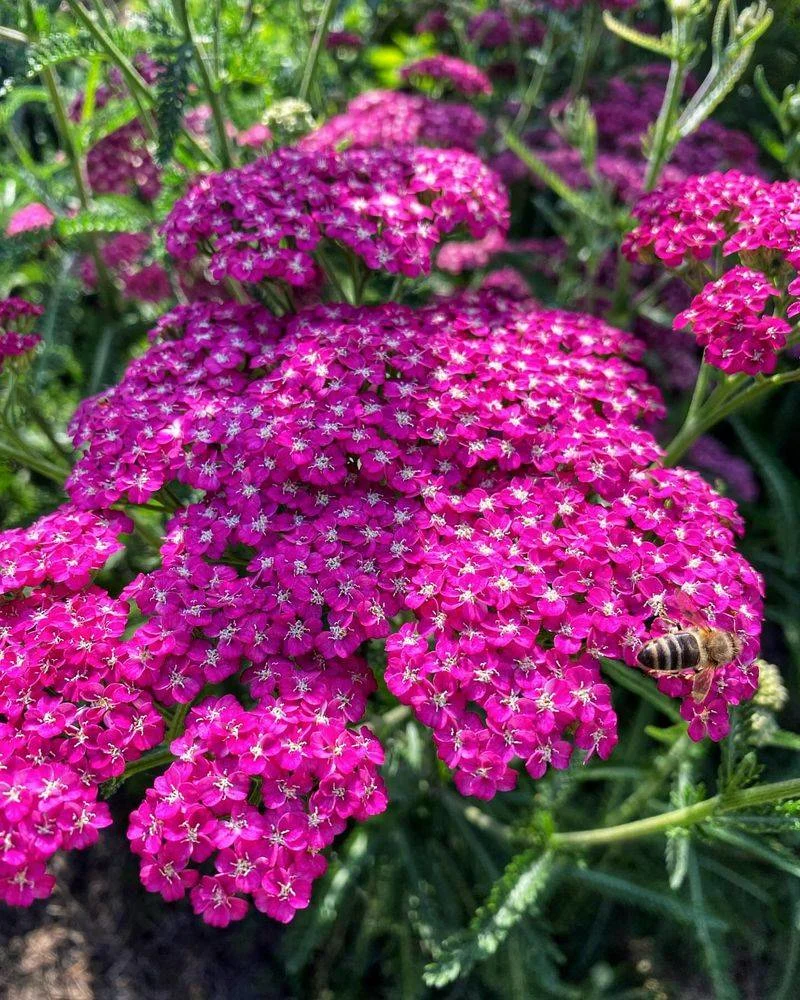
Yarrow offers more than its delicate white flowers suggest. It’s a robust plant with deep roots that improve soil structure. Yarrow attracts beneficial insects, supporting pest control naturally.
Its use in herbal remedies adds to its multifaceted appeal. Yarrow’s presence in a garden symbolizes the blend of aesthetic charm with ecological function, making it a wise choice for those looking to enhance their green spaces.
Dandelion
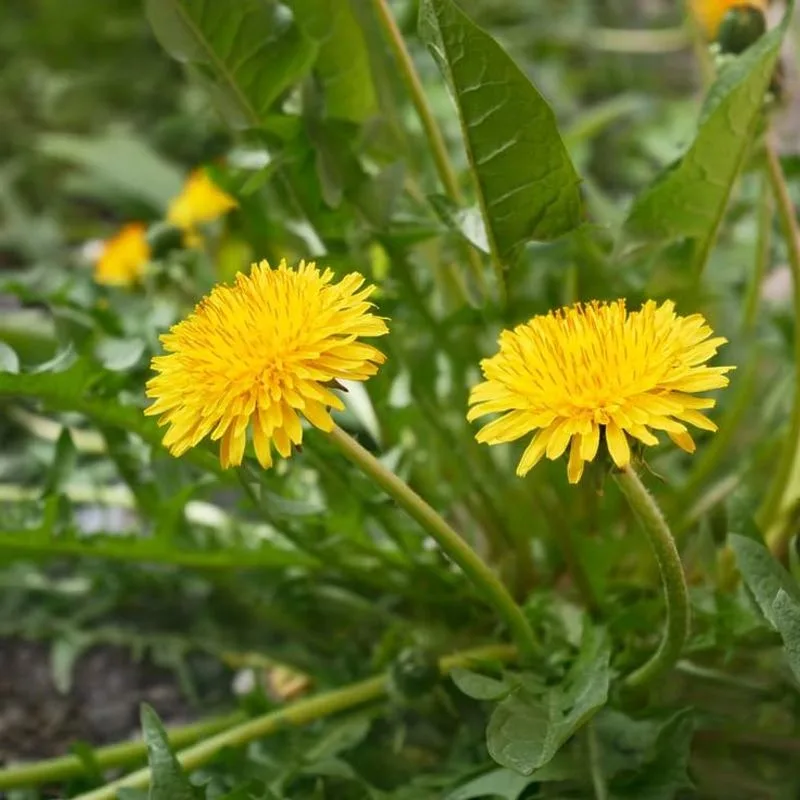
Dandelions, often dismissed as weeds, are champions of resilience. Their deep taproots break up compacted soil, improving aeration. Meanwhile, their flowers provide nectar for pollinators early in the season.
In addition to their ecological benefits, dandelions are edible and rich in nutrients. They challenge the notion of what constitutes a weed, offering both beauty and utility to those willing to look beyond the surface.

